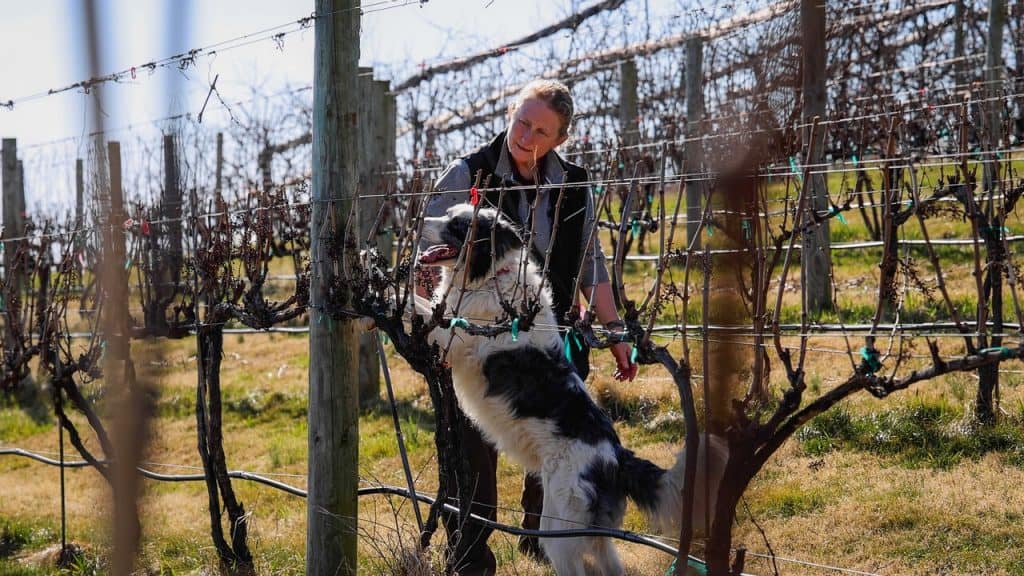Share this article
Wildlife Featured in this article
- spotted lanternfly
Dogs sniff out invasive lanternfly
Detection dog teams are working on finding lanternfly eggs to help reduce their numbers
Researchers are planning to use a new strategy to fight the invasion of spotted lanternflies in the United States—deploying detection dogs. Spotted lanternflies (Lycorma delicatula), native to China, have wreaked havoc on native ecosystems as well as the agricultural and forestry industry since they arrived in the U.S. in 2014. Researchers with Virginia Tech’s College of Agriculture and Life Sciences and their partners are now using a four-year grant from the U.S. Department of Agriculture to deploy detection dogs to sniff out the problem insects. The researchers are partnering with the National Association of Canine Scent Work to recruit teams of dogs and their owners to detect spotted lanternfly eggs. They hope to eventually get citizen scientists involved, too. “At the completion of the study, we hope to have a strong network of handlers able to locate spotted lanternfly egg masses as a proof-of-concept program, with the intent to create an enduring citizen-based detection program for this and other invasive species,” said Sally Dickinson, a doctoral candidate in the School of Animal Sciences at Virginia Tech. “Put your training skills to work and help protect our vineyards, fruit orchards and flower gardens.”
Learn more about the program on Virginia Tech’s website.
Members can check out the cover story for our March/April issue of our magazine The Wildlife Professional highlighting other uses of dogs in conservation and management.
Header Image: Sally Dickinson and her trained detection dog, Flint, search a vineyard at the Alson H. Smith Jr. Agricultural Research and Extension Center for spotted lanternfly egg masses. Credit: Luke Hayes/Virginia Tech








